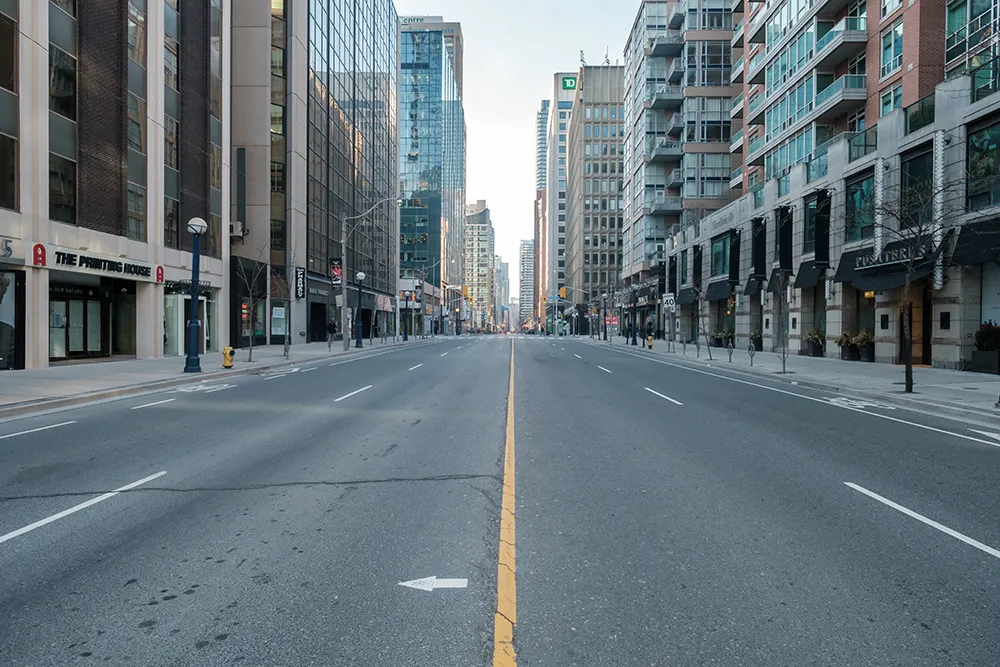It says current in-vehicle navigation systems use traffic information to provide route advices to drivers but without information related to traffic circulation strategies, traffic regulations or prioritised routes put in place by traffic management centres.
This information is particularly important during special events or public transport strikes and also when specific plans need to be enforced in cases of evacuation alerts and smog warnings. The members of ERTICO’s TM 2.0 Platform believe that the future of traffic management is to combine individual driver objectives with network-wide management strategies in a win-win scenario. So a TM 2.0 task force is reviewing and developing viable business model concepts that deliver traffic management and mobility services and would benefit from interaction between the vehicle and the traffic manager. Interested parties can participate in the survey by following the link on ERTICO’s website.
ERTICO seeks interaction business cases
ERTICO – ITS Europe is undertaking a survey to help identify business models that will benefit from the interaction between vehicles and traffic managers.
It says current in-vehicle navigation systems use traffic information to provide route advices to drivers but without information related to traffic circulation strategies, traffic regulations or prioritised routes put in place by traffic management centres. This information is particularly important during special events or public transport strikes and
June 9, 2015
Read time: 2 mins










